Introduction: The Cosmic Dance of Asteroids
Asteroids, the celestial nomads of our solar system, perform a perpetual cosmic dance, tracing paths influenced by the gravitational pull of planets and stars. These space rocks, remnants of the early solar system, hold secrets of our cosmic neighborhood’s ancient past and play a critical role in shaping the narrative of life on Earth. The mere mention of asteroids often conjures images of catastrophic impacts, leading to mass extinctions and drastic environmental upheavals. Yet, their journey through space is more than a tale of destruction; it’s a story woven into the very fabric of Earth’s geological and biological tapestry.
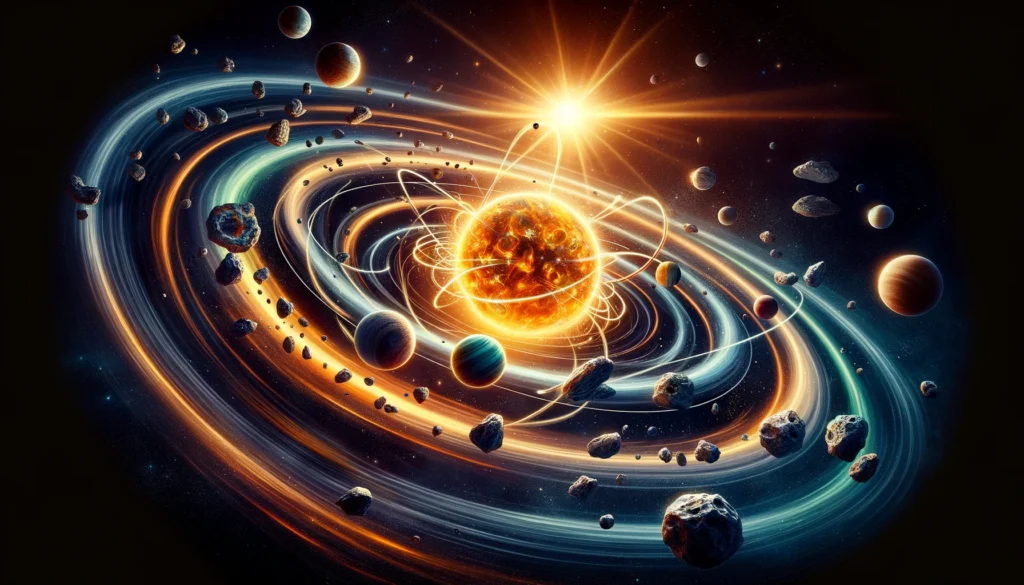
Historically, asteroid impacts have been pivotal in altering Earth’s geological landscapes and biological pathways. The infamous asteroid “Chicxulub” impactor, for instance, is widely credited with ending the reign of the dinosaurs, ushering in a new era of mammalian dominance. Such cosmic collisions have not only been agents of change but also bearers of life’s essential ingredients, possibly delivering the organic compounds and water that nurtured the early seeds of life on our planet.
In this blog, we embark on a journey to understand the intricate dance of asteroids, exploring their origins, trajectories, and the profound impacts they’ve had on Earth. As we unravel the mysteries of these wandering fragments of rock and metal, we gain insight into the delicate balance of cosmic forces that have sculpted our world and continue to influence our existence in the vast universe.
Asteroids 101: Unveiling the Space Rocks
Asteroids, often depicted as looming harbingers of doom in science fiction, are actually fascinating relics of the solar system’s formation, orbiting the sun between Mars and Jupiter in a region aptly named the asteroid belt. These rocky bodies vary in size, from minuscule dust particles to the colossal Ceres, which spans almost 1,000 kilometers in diameter, dwarfing its smaller counterparts.
Unlike planets, asteroids lack a spherical shape due to their smaller size and weaker gravitational pull, leading to their often irregular and rugged appearances. Composed primarily of rock, metal, and other elements, asteroids are the leftover building blocks of the solar system, remnants from the swirling disk of dust and gas that failed to coalesce into full-fledged planets.

The asteroid belt, their primary residence, is a cosmic shooting gallery, teeming with these ancient objects. However, not all asteroids are confined to this region; some, known as Near-Earth Objects (NEOs), cross paths with our planet’s orbit, offering both a potential threat and an opportunity for scientific study. NEOs are of particular interest to astronomers and planetary scientists, as they provide crucial insights into the composition and dynamics of the early solar system.
The diversity among asteroids is staggering, ranging from the dark, carbon-rich C-types to the shiny, metallic M-types, and the stony S-types. This classification is based on their composition and albedo, or reflectiveness, which gives clues about their origins and history. For example, C-types are thought to be older and contain more primitive material, possibly offering a snapshot of the solar system’s infancy.
Understanding asteroids is key to unlocking the mysteries of our cosmic origins. These space rocks are not just remnants of the solar system’s birth but also carry the potential seeds of life as we know it. By studying asteroids, scientists can glean information about the conditions and processes that led to the formation of Earth and other planetary bodies.
Historical Impacts and Their Earthly Consequences
- The Chicxulub Impact: A Turning Point in Earth’s History
The most notorious asteroid impact is the one that forged the Chicxulub crater in present-day Mexico’s Yucatán Peninsula. Approximately 66 million years ago, an asteroid around 10 kilometers wide struck Earth, unleashing an energy equivalent to billions of atomic bombs. This event precipitated a global environmental catastrophe, igniting wildfires, generating tsunamis, and blanketing the atmosphere with dust and aerosols. The resultant dark, cold world led to the Cretaceous-Paleogene (K-Pg) extinction, erasing around 75% of Earth’s species, including the dinosaurs, thus drastically altering the course of life on our planet.
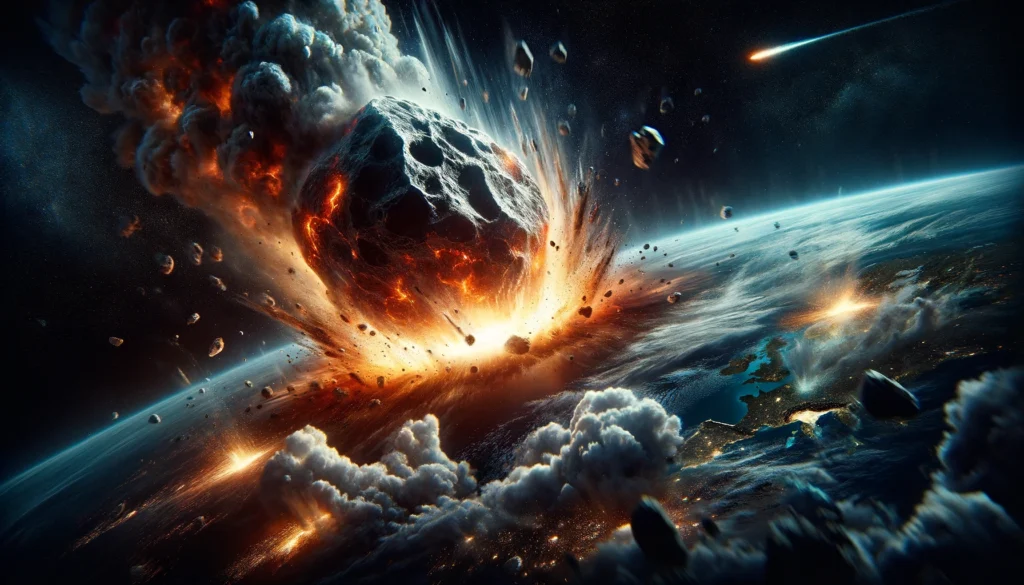
- Impacts Through the Ages: Craters and Catastrophes
Beyond Chicxulub, Earth bears the scars of numerous other impacts. These events have not only created craters but also brought extraterrestrial materials to our planet, enriching its geological and biological fabric. For example, rare metals found in asteroids, such as iridium, often mark these cataclysmic events in Earth’s geological record, providing valuable insights into our planet’s tumultuous history.
- Asteroids: Architects of Life?
The notion that asteroids could have been conveyors of life’s precursors adds a fascinating twist to our understanding of these space rocks. The theory suggests that water and organic compounds, essential for life as we know it, might have been delivered to Earth’s surface by asteroids, highlighting their potential role in sparking biological genesis alongside their destructive power.
- Modern Reminders: Tunguska and Chelyabinsk
In the 20th and 21st centuries, events like the Tunguska explosion in 1908 (a 3–5 megaton explosion that occurred near the Podkamennaya Tunguska River in Yeniseysk Governorate, Russia, on the morning of 30 June 1908 due to a meteor air burst by an asteroid 6–10 km (4–6 mi) above the Earth’s surface) and the Chelyabinsk meteor in 2013 (which was a superbolide that entered Earth’s atmosphere undetected over the southern Ural region in Russia on 15 February 2013) remind us of the ongoing asteroid threat. These relatively small asteroids caused significant damage and brought home the reality that space is not just a distant realm but a dynamic environment with direct implications for life on Earth.
The Role of Asteroids in Earth’s Evolution
- Cosmic Catalysts for Change
Asteroids have played a dual role in Earth’s history, acting as both destroyers and creators. While their impacts have caused mass extinctions, they have also been instrumental in shaping the planet’s evolutionary trajectory. These space rocks, hurtling through the cosmos, have collided with Earth, bringing about significant geological and biological changes.
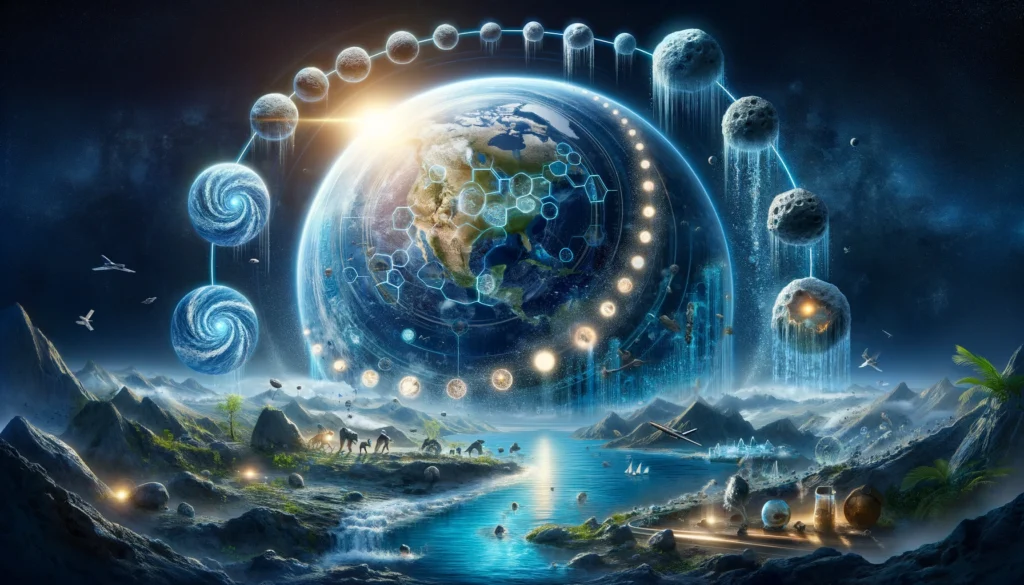
- Seeding Earth with Essential Ingredients
One of the most intriguing aspects of asteroids is their potential to deliver vital elements necessary for life. Scientists speculate that these celestial bodies could have brought water and prebiotic compounds to the early Earth, aiding in the formation of the oceans and the origin of life. The presence of amino acids and other life-forming molecules in meteorites supports this theory, suggesting that asteroids could have been Earth’s early seeders, providing the building blocks for the development of complex organisms.
- Asteroids and the Geological Record
The impact of asteroids has also left a tangible mark on Earth’s geological layers. Sites of asteroid collisions can reveal a wealth of information about Earth’s geological past and the environmental conditions that prevailed at different times. For instance, the rich deposits of minerals found at impact sites are not only valuable for scientific research but also for understanding the distribution of natural resources on our planet.
- Punctuating Earth’s History with Mass Extinctions
Beyond their role in seeding life, asteroids have punctuated Earth’s history with periods of mass extinction, each of which has served as a reset button, leading to bursts of evolutionary activity and the emergence of new species. These cataclysmic events have played a crucial role in the diversification of life on Earth, demonstrating the powerful influence of extraterrestrial forces on the natural world.
Today’s Surveillance and Defense Strategies
- Vigilance from the Sky: Tracking Near-Earth Objects
In the modern era, the threat of asteroid impacts has not diminished, but our ability to detect and track these potential Earth-crossers has improved significantly. Today, a global network of telescopes and space-based observatories continuously scans the heavens, identifying and cataloguing Near-Earth Objects (NEOs). Initiatives like NASA’s Planetary Defense Coordination Office and the European Space Agency’s Space Situational Awareness Programme lead the charge in monitoring the skies, ensuring early detection of potential threats.
![]()
- The Science of Prediction: Calculating Risks and Trajectories
Advancements in computational astrophysics have enabled scientists to predict the paths of asteroids with remarkable accuracy. By determining an asteroid’s orbit, size, composition, and potential impact probability, researchers can assess the risk it poses to Earth. This information is crucial for deciding whether an asteroid needs to be closely monitored or if pre-emptive action should be taken.
- Deflecting Disaster: Mitigation Techniques
In the event that an asteroid is found to be on a collision course with Earth, various strategies have been proposed to avert a potential disaster. These include the kinetic impactor technique, where a spacecraft is sent to collide with the asteroid to change its trajectory; the gravity tractor method, which involves a spacecraft flying alongside the asteroid, using its gravitational pull to alter the asteroid’s path gradually; and the nuclear option, where a nuclear device is detonated near or on the asteroid to deflect or fragment it.
- International Collaboration: A United Front Against Threats
The potential threat posed by NEOs is a global concern, necessitating international cooperation in monitoring and defense strategies. Through organizations like the United Nations Committee on the Peaceful Uses of Outer Space (COPUOS), countries around the world collaborate to share data, research, and resources, ensuring a coordinated response to any potential asteroid threat.
Future Frontiers: Mining and Beyond
- The Allure of Asteroid Mining
As we look to the future, asteroids not only represent potential threats but also untapped opportunities, particularly in the realm of space mining. These celestial bodies are rich in valuable minerals and metals, such as platinum, gold, and rare earth elements. The prospect of asteroid mining offers a tantalizing vision of a future where Earth’s resource limitations are mitigated by the vast wealth of space. Companies like Planetary Resources and Deep Space Industries are at the forefront of developing technologies to extract these precious materials, potentially revolutionizing our economy and space exploration capabilities.
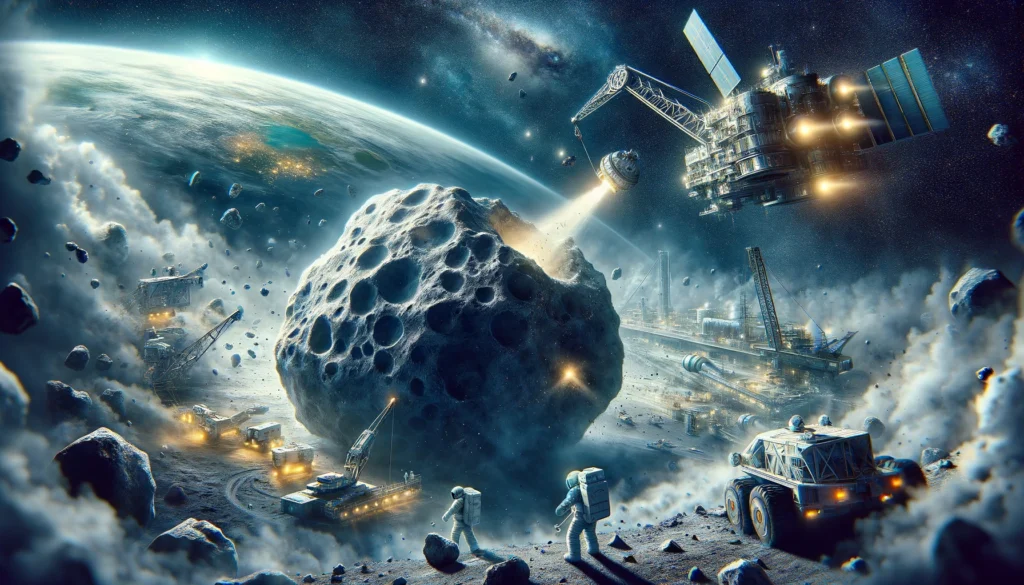
- Technological Innovations and Challenges
Achieving the dream of asteroid mining requires overcoming significant technological and logistical challenges. Key among these is the development of spacecraft capable of reaching, extracting, and returning resources from asteroids to Earth. Innovations in robotic mining, autonomous navigation, and in-situ resource utilization (ISRU) are crucial for the feasibility of these operations. Moreover, the legal and ethical frameworks for space mining are still in their infancy and will need to evolve to support extraterrestrial resource exploitation.
- Beyond Mining: Asteroids as Stepping Stones
The strategic value of asteroids extends beyond mining. These space rocks could serve as outposts or refueling stations for future deep-space missions, acting as stepping stones to the outer solar system. Utilizing asteroids in this way could enable more sustainable and longer-duration space travel, reducing the need for spacecraft to carry all their fuel and supplies from Earth.
- The Next Era of Space Exploration
As our technology and capabilities advance, the potential to use asteroids in the development of space infrastructure grows. This could lead to the establishment of permanent human habitats in space, where asteroids provide not only materials but also locations for building space stations or bases. In this scenario, asteroids become pivotal in humanity’s expansion into and colonization of space, offering new horizons for exploration and habitation.
Conclusion: Living with Our Cosmic Neighbors
Asteroids, the silent sentinels of our cosmic neighborhood, have danced through the void of space since the solar system’s inception. Their impacts have sculpted Earth’s surface and evolution, striking a delicate balance between creation and destruction. As we have grown in our understanding and technological prowess, these celestial bodies have transformed from mysterious threats of ancient lore to objects of scientific curiosity and potential economic value.

Our journey with asteroids is a testament to human curiosity and ingenuity. From the cataclysmic impact that ended the dinosaurs to the prospects of asteroid mining and space colonization, our relationship with these space rocks is complex and multifaceted. They remind us of our vulnerabilities to cosmic events and highlight the potential for utilizing space resources in our quest for sustainable living and exploration.
As we continue to monitor, study, and perhaps one day mine and inhabit these celestial neighbors, asteroids remain a crucial part of our journey in the cosmos. They are not just remnants of the past but are also keys to our future in space, offering both warnings and opportunities as we navigate our existence in the vast universe.
Author’s Note
Thank you for joining me on this journey through the cosmos to explore the fascinating world of asteroids. I hope this blog has illuminated the intricate dance of these celestial objects and their impact on Earth and humanity. As we continue to gaze upwards and unravel the mysteries of our universe, let’s appreciate the cosmic ballet that unfolds above us.
G.C., Ecosociosphere contributor.
References and Further Reading
- “Asteroid: Earth Destroyer or New Frontier?” by Patricia Barnes-Svarney and Thomas E. Svarney – A comprehensive guide to understanding asteroids and their dual role as threats and opportunities.
- “Collision Course: Asteroid Impacts, Earth, and Surviving the Next Cosmic Catastrophe” by Gordon L. Dillow – An exploration of the history and potential future of asteroid impacts on Earth.
- “Mining the Sky: Untold Riches From The Asteroids, Comets, And Planets” by John S. Lewis – Insight into the potential of asteroid mining and its implications for the future of space exploration and Earth’s economy.

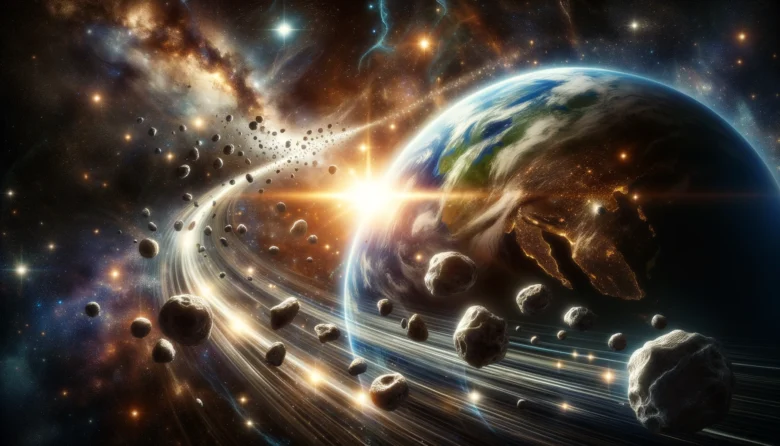


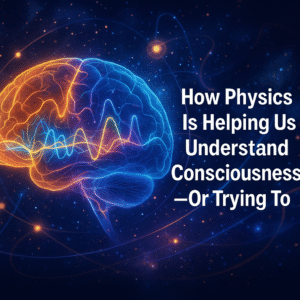
Comments
Your point of view caught my eye and was very interesting. Thanks. I have a question for you.
Your article helped me a lot, is there any more related content? Thanks!
Great! Thank you so much for sharing this. Visit my websitee: free stresser
Thanks for sharing. I read many of your blog posts, cool, your blog is very good.
Can you be more specific about the content of your article? After reading it, I still have some doubts. Hope you can help me.